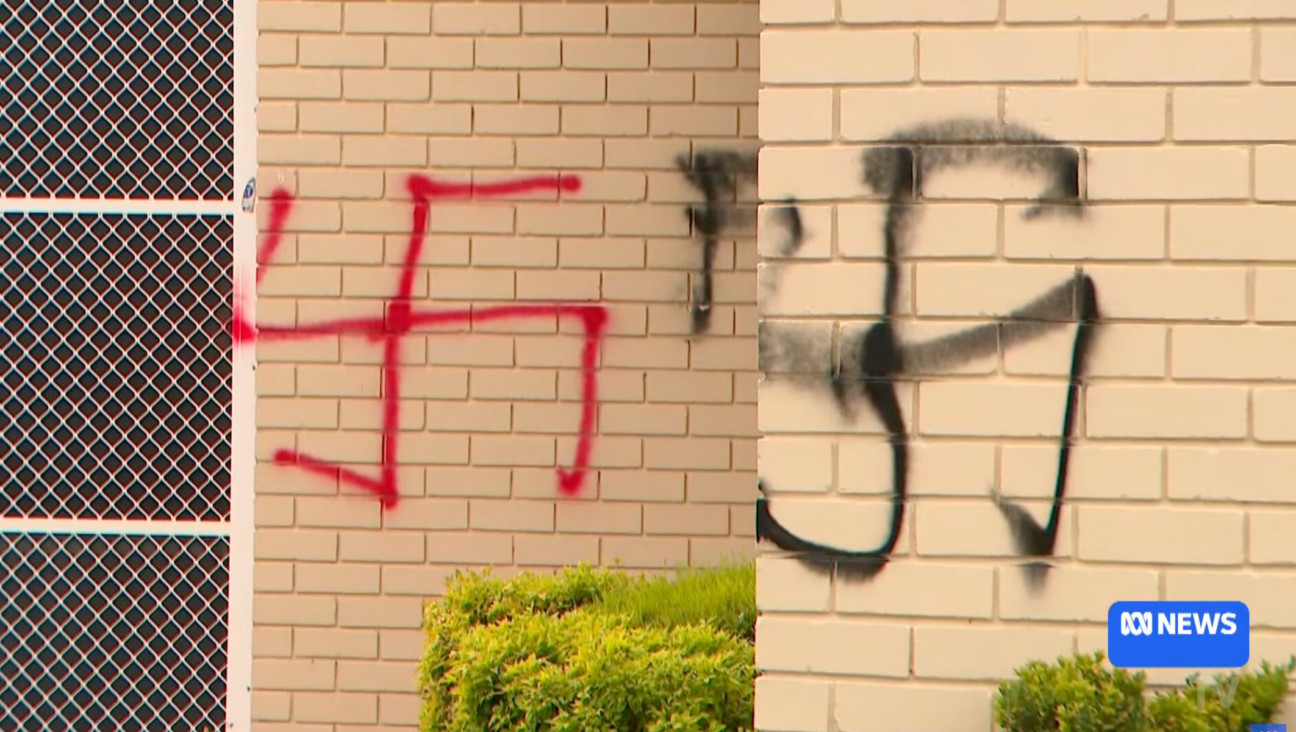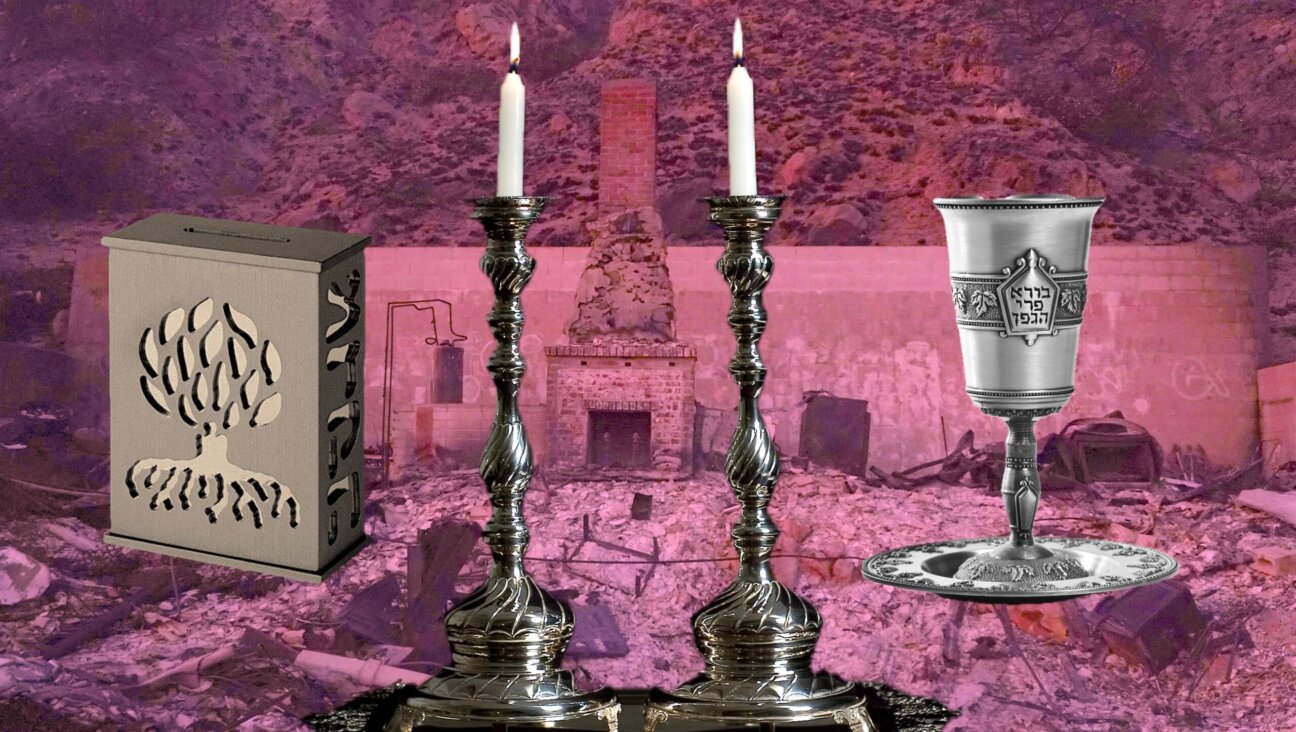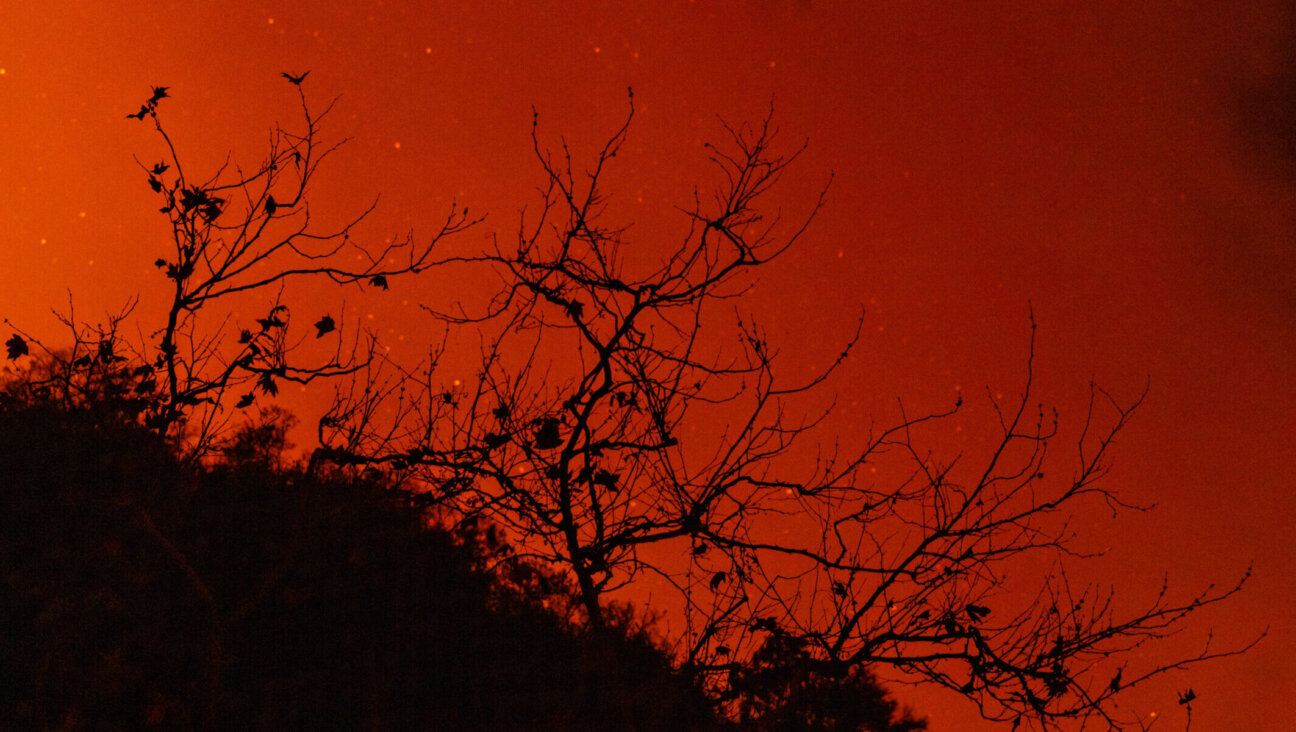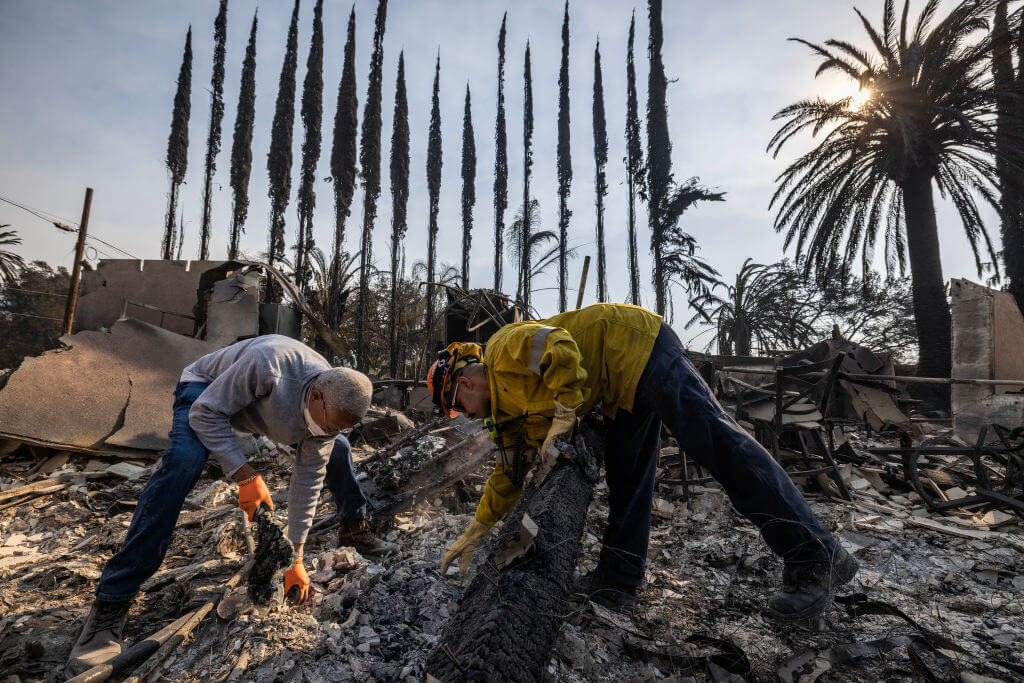A Talmudic duel with Death comes to life in mosaic form in new book

Image by Avi Katz
Rabbi Yehoshua ben Levi was a Jewish sage who lived in Palestine in the third century of the Common Era. While he was no doubt historical, in the legends of the Talmud and midrash, he became an otherworldly figure, the travelling companion between the worlds of Elijah the Prophet, who entered Paradise while still alive and defeated the Angel of Death in a duel of wits.

Image by Avi Katz
Rabbi ben Levi, known in Jewish tradition by the acronym of his name, the Ribal, was buried in Tzipori, which the Romans called Sephoris, a center of Jewish learning where sages edited the Mishna and began to compose the Talmud. But it was also a thriving cosmopolitan trading town — Nazareth was just an outlying village of Tzipori. And it housed a community of amazing mosaic artists, whose creations, from decorative patterned sidewalks to large realistic depictions of Biblical themes and Greco-Roman myth, draw thousands of visitors every year, even in this time of plague.

Image by Avi Katz
Mitch Pilcer, of the Zippori vacation village, discovered Ribal’s tomb several years ago while digging a swimming pool. Unlike other anonymous ancient tombs, this one was empty of human remains, but it bears an inscription in Hebrew letters almost modern in their style: “This is the resting place of Rabbi Yehoshua ben Levi.” Pilcer commissioned me to design a three-meter mural, to be executed in mosaic of course, telling the story of the rabbi’s encounter with the Angel of Death.

Henry Wadsworth Longfellow Image by Unknown (courtesy of Avi Katz)
He is also mentioned in the poem by Henry Wadsworth Longfellow — yes, he of Hiawatha and Paul Revere. It was in 1863, in the midst of the bloody Civil War and two years after his beloved wife Frances died of burns incurred in an accident at home, that the great American poet put the legend into English verse.
It all came together — the rabbi who defeated Death by stealing his sword, the empty tomb, the bearded poet, the art of mosaic — and the result is my new book, a reimagining of the Longfellow poem and the legend of Ben Levi in mosaic style.

Image by Avi Katz
Only after I had finished all the art for the book, the newspapers reported that a visitor to the Tzippori National Park had stumbled upon a round stone sphere, the size of a bowling ball, engraved with an open-mouthed face.

Image by Avi Katz
Archaeologist call it an animal head, perhaps a lion; but I immediately recognized the Angel of Death shouting “Give me back my sword!” So a third century artist was inspired by my 21st century depiction. Or perhaps both of us were in contact with the same original. Strange … but then, anything connected with the Ribal is free of the usual constraints of time, mortality and other dimensions.
Avi Katz’s drawings, ranging from the realistic to the caricature and comics, have appeared in various magazines and newspapers in Israel and around the world. He has illustrated hundreds of books; the JPS Illustrated Children s Bible won the National Jewish Book Award, and his books have received the Hans Christian Andersen Award four times.
A message from our Publisher & CEO Rachel Fishman Feddersen

I hope you appreciated this article. Before you go, I’d like to ask you to please support the Forward’s award-winning, nonprofit journalism so that we can be prepared for whatever news 2025 brings.
At a time when other newsrooms are closing or cutting back, the Forward has removed its paywall and invested additional resources to report on the ground from Israel and around the U.S. on the impact of the war, rising antisemitism and polarized discourse.
Readers like you make it all possible. Support our work by becoming a Forward Member and connect with our journalism and your community.
— Rachel Fishman Feddersen, Publisher and CEO























